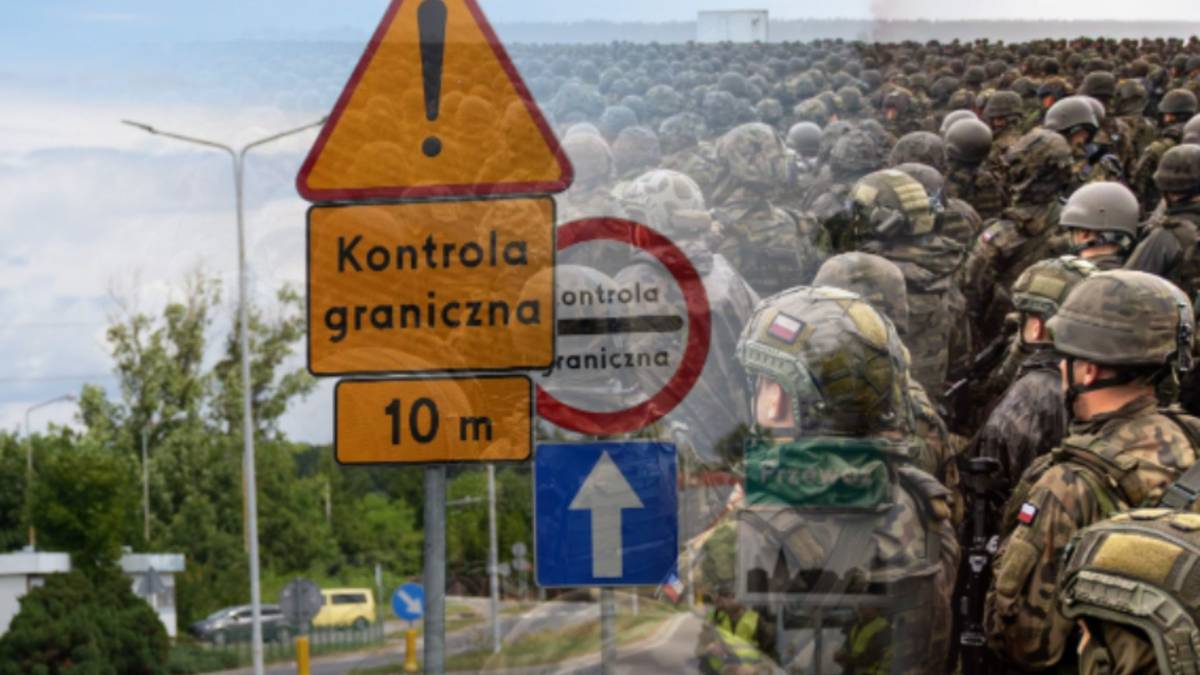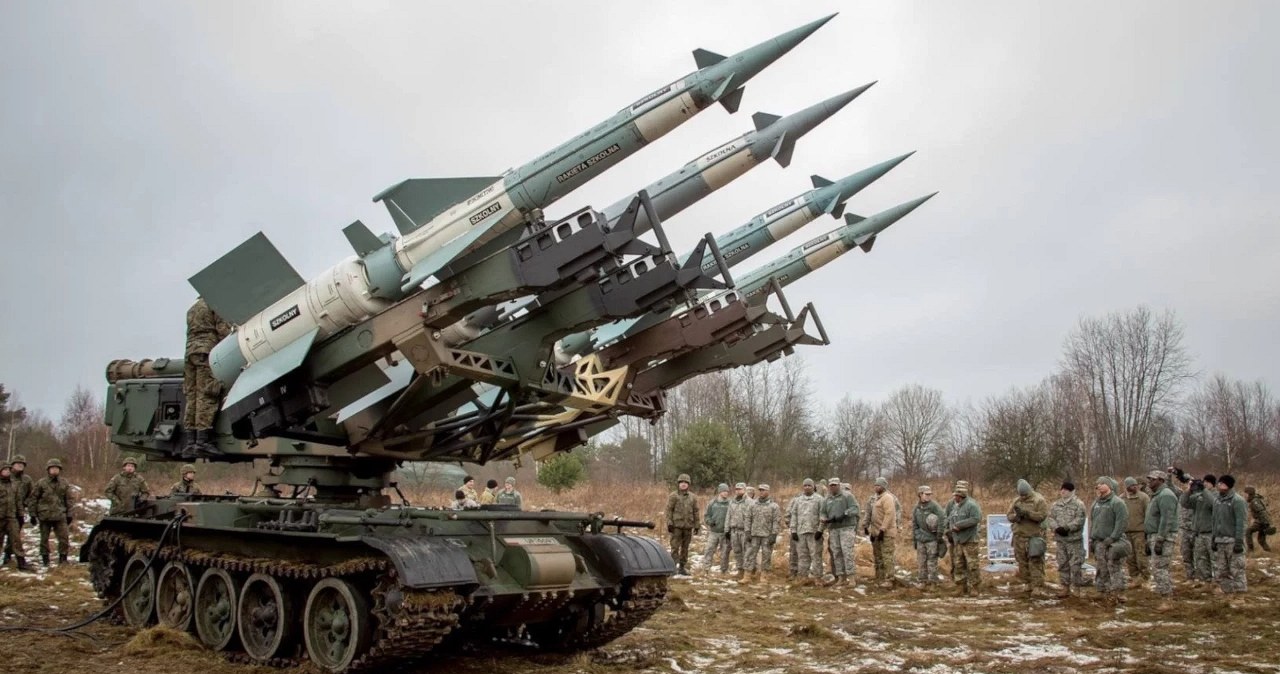
Over 3 km of tunnels dug deep in Greenland's ice, 200 soldiers and scientists, a portable atomic reactor and just 1,200 km from the pole. This is what Camp Century looked like, an American base in Greenland. Associations with the rebel base on the Hoth of Star Wars are absolutely in place.
Camp Century was an American military investigation base in Greenland located 240 km east of Thule Air Base. Camp Century was a preliminary test of the Iceworm Project, whose final goal was to install an extended rocket launcher network with atomic heads. Hidden under the ice caps could last a Russian strike on the US.
 Work on 1 of the streets hollowed out in ice
Work on 1 of the streets hollowed out in iceThe Iceworm project, if completed, would let the U.S. Army to deploy 600 equipped with atomic warheads and heavy modified Minuteman missiles. The bases in Greenland were to operate 11,000 soldiers.
Camp Century or city under ice
Camp Century camp operated from 1959 to 1967. It consisted of 21 tunnels with a full dimension of over 3 km hollowed in ice. Camp Century was powered by a atomic reactor. The Iceworm task was discontinued after it was realized that the ice cover was not as unchangeable as originally assessed, and the concept of rocket deployment in the glacier would not be feasible.
The theoretical intent of Camp Century was to test various structural techniques in arctic conditions, to test a semi-mobile PM-2A atomic reactor, and to support investigation on the glacier. specified information was provided by the United States Department of defence to Danish officials in 1960.
Camp Century was expected to show how average soldiers could live and work in a distant place, in conditions close to the space colony. Military scientists besides drilled the first ice core into the foundation of Greenland's ice cover, which provided information on the climate in the past.
 Camp Century
Camp Century70 hours in a cold convoy
The construction of the camp and subglacial atomic reactor, however, began without the express consent of the Danish government, which led to a political crisis in the government of Prime Minister H. C. Hansen.
Construction began in June 1959 and was completed in October 1960 and it was a tedious process. To transport thousands of tons of building materials and equipment to Camp Century, military engineers had to burden everything into large caterpillar vehicles at Thule Airport. At a maximum velocity of just over 3 km/h, it took 70 hours for convoys to scope the construction site.
Powerful vehicles had wheels higher than man and resembled lunar vehicles from discipline fiction films.
 Convoy with materials for the construction of Camp Century (Fig. U.S. Army/Pictorial Parade/Archive Photos)
Convoy with materials for the construction of Camp Century (Fig. U.S. Army/Pictorial Parade/Archive Photos)The base was at an altitude of 1880 metres above sea level. The average regular temperature was there in the 1950s -23 degrees Celsius, and fell to -50 degrees respective times a year. During the polar storms, wind velocity reached terrifying 200 km/h.
 Drawing depicting convoy to Camp Century
Drawing depicting convoy to Camp CenturyCamp Century was built utilizing an ice excavation technique. The layout of the camp consisted of a number of parallel main trenches – streets containing buildings and another structures. The camp had a planned life span of 10 years. He was permanently cast for 5 years.
Rows hollowed out in the ice in 1959 moved both vertically and horizontally to specified an degree that many of them reached their plan margins in 4 years. extended snow removal was essential to keep the “street”. The ditches were covered with a steel arch, and the longest excavation was 330 m long, its width and tallness were 8 m.
After going underground, the engineers continued to grow the camp, digging additional tunnels that would accommodate everything needed to last under specified hard conditions.
 Construction of Camp Century
Construction of Camp CenturyThe main camp was under ice and provided good protection against the elements and had a modern bathroom, dining room, laundry room, recreation room, barbershop and medical facilities. Deep in the ice, a well was dug to deliver fresh water to the base, and escape hatches were installed if people had to evacuate.
To fight the constantly shifting ice inside the trenches, prefabricated buildings were placed. The camp had a large number of warehouses for food, among others. The reactor provided advanced power and proved that it could be installed, operated and removed in specified a distant location.
The reactor powered the base for more than 3 years, but was shut down due to an unexpected acceleration of ice movement at the installation site.
 Camp Century
Camp CenturyThe snow trim required to keep ditches – streets and drainage were the biggest problems of the base. The sewer well was 45 m from the nearest building and was initially not ventilated.
As a result, the odor of sewage became almost unbearable in the coming quarters after the first year of operation. Later venting the well reduced the smell, but did not destruct the problem.
The camp operated until 1967, erstwhile shifting ice caps prevented further usage of Camp Century. The facility was yet abandoned and the remains of the facility were absorbed by moving ice.















